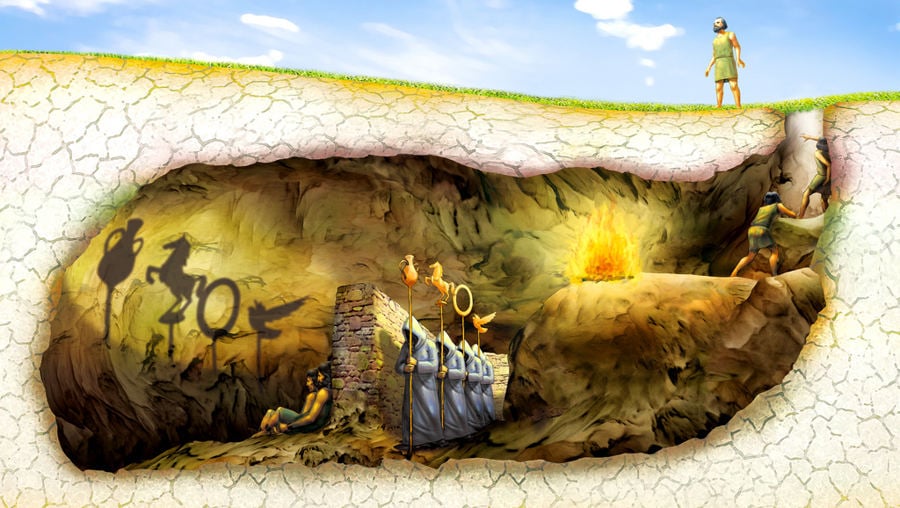
The focus of Nathaniel Hawthorne’s “Little Annie’s Ramble” is centered around the beauty of a child’s innocence. Hawthorne further explores how ignorant that beauty is when describing Annie’s “fearless confidence” when surrounded by a society of adults who have become bitter due to life experiences. By using the follow-the-trail method, the word “child”, or words relating to childhood, appear 23 times.
The story begins with an older man listening to the town crier announce the arrival of a circus. He then sees a little girl across the street, named Annie, who “feels that impulse to go strolling away–that longing after the mystery of the great world—which many children feel, and which I felt in my childhood.” He proceeds to take Annie into town, exploring all it’s colorful sights as they make their way to the circus. Although Annie doesn’t speak a word throughout the story, the older man is ecstatic to be with her, as if she makes him feel young again. As they continue their journey together, Annie begins dancing while passing by a musician. The narrator expresses how the adults surrounding her have every excuse not to join her— due to old age, disease, body structure, or judgmental attitudes. He then calls himself a “…gentleman of sober footsteps” entailing that he too, has become stiffened due to society’s expectations or norms. Once completely absorbed into the circus, the town crier announces that a mother is worried due to her lost little girl. The narrator realizes that he didn’t inform Annie’s mother of their whereabouts, and proceeds to take her back home.
In the last paragraph, the older man seems exhilarated and relieved to have spent time with Annie by stating that the “…pure breath of children revives the life of aged men.” The narrator proclaims that he can now go back into his darkened reality of a world, but with a “kinder and purer heart, and a spirit more lightly wise.” Hawthorne exhibits how a child’s innocence is blind to the evils of society’s thoughts and feelings as people age. As we grow older, we become more sensitive to these aspects and begin to perceive the world and behave in a more constricted manner- an environment that a child is not subjected to.


